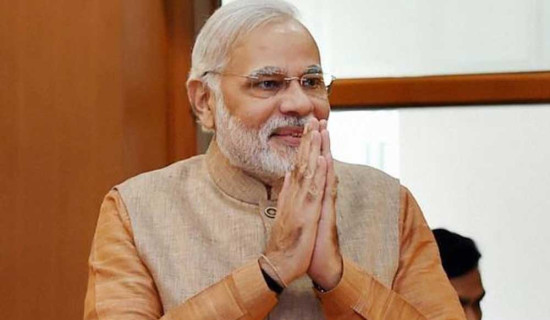- Sunday, 24 August 2025
Light Pollution
It is not an exaggeration to claim that modernity has brought with it environmental degradation. Our rivers are not as clean as they used to be, the air has become toxic and the land is polluted with our waste. But one form of pollution that evades our attention is the pollution of our night sky, the contamination of darkness by the unnecessarily large number of lights we have lit, the light pollution.
In scholarly terms, light pollution is the presence of anthropogenic artificial light in otherwise dark conditions. In simple words, it means the existence of inappropriate and excessive artificial lights in places and conditions that should naturally be dark. We can see this all around us, especially if we live in urban areas. For instance, the stars are not as clearly visible from cities as they are from villages.
Light pollution is a side-effect of our overindulgence in electricity. We have compulsively lit every space around us, from buildings to streets to parks and stadiums and as a result, have created a problematically bright environment.
For ease of understanding, we can categorise light pollution into four types – Light trespass, over-illumination, glare and light clutter. Light trespass is when unwanted light from outside “trespasses” inside our home, such as when light from a street lamp enters our room from the window. This is a nuisance that can disturb our sleep, break our concentration and affect our eyes.
Over-illumination, as the name suggests, is the unwarranted use of bright lights. Examples of this are the lighting on billboards, illumination of offices that stay closed at night and daylight lighting. Over-illumination drives up our energy consumption which can put stress on the grid and push companies and governments to burn fossil fuels to generate electricity. To a large extent, electricity is cleaner than other sources of energy but overuse of it can dirty it.
Glare is when light directly falls on our eyes, causing temporary or permanent loss of vision. Think of how an oncoming car’s headlights blind you when you are driving on a dark road – that is glare. The harmful effects of this phenomenon are obvious. It affects the eyes.
Lastly, we have light clutter which means the grouping of lights which can cause a particular area to be excessively lit while leaving other areas dark. This can cause distraction and, when on roads, accidents. Light clutter is also the images we see from satellites which show some regions of the world extremely bright and others pitch black.
All these types of light pollution are not something we have only just come to know about. We have been aware of them since the 19th century. The International Dark-Sky Association, a non-profit founded to fight light pollution and “preserve the night time”, has also existed since the 1980s. So, we do not have a lack of knowledge on this issue, we have a lack of interest. Many do not think light pollution is anything beyond an irritant and hence, do not take steps to mitigate it. But they are wrong. Like any other form of pollution, light pollution has significant negative impacts on our health and well-being.
Excessive exposure to light can cause headaches, exhaustion, stress, anxiety and decreased libido. Light can also affect mood. Improper lighting at night can cause sleep deprivation, obesity, mental disorders and diabetes.
Ecologically, light pollution can devastate nocturnal plants and animals, confuse the biological navigation system of birds and alter predator-prey relations (when it is brighter, the prey see the predators approaching and run away, this can cause the hunger and death of predator species and overpopulation of the prey species). Life on our planet revolves around the patterns of light and dark and disruptions to this can disrupt everything.
Similarly, a study presented to the American Geophysical Union in 2010 by Harald Stark of the National Oceanic and Atmospheric Administration of the United States showed that light pollution contributed to an increase in atmospheric pollution. The research found that light pollution destroyed nitrate radicals and prevented night-time reduction of smog.
So, it is about time we “see the light”, acknowledge the harm caused by our lighting habits and take concrete steps to curb, if not eliminate, light pollution. We do not need to do much. Just using less-intense lights and only maintaining the level of brightness that we need for our work (and no more) can go a long way. Also, cities and local governments should evaluate the use of lit billboards and signs and encourage commercial building owners to switch off their lights when not needed.














